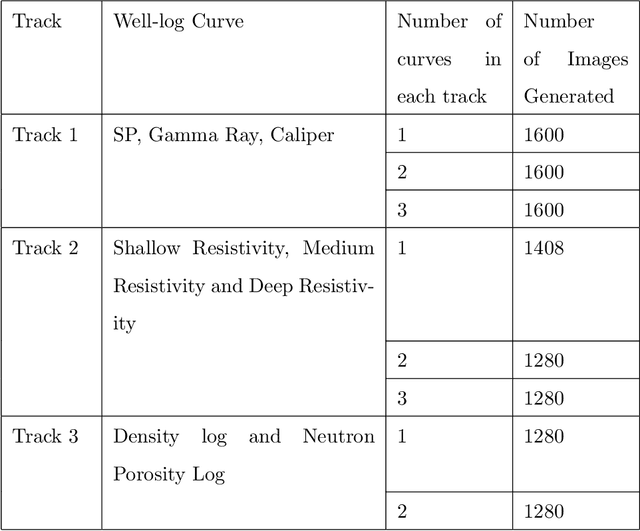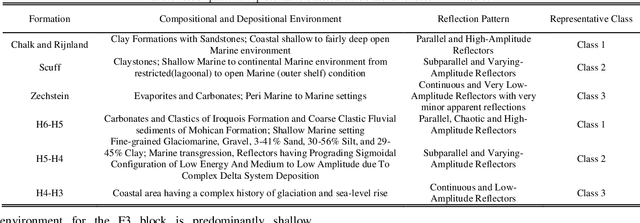Tannistha Maiti
A deep-learning approach to early identification of suggested sexual harassment from videos
Jun 01, 2023Abstract:Sexual harassment, sexual abuse, and sexual violence are prevalent problems in this day and age. Women's safety is an important issue that needs to be highlighted and addressed. Given this issue, we have studied each of these concerns and the factors that affect it based on images generated from movies. We have classified the three terms (harassment, abuse, and violence) based on the visual attributes present in images depicting these situations. We identified that factors such as facial expression of the victim and perpetrator and unwanted touching had a direct link to identifying the scenes containing sexual harassment, abuse and violence. We also studied and outlined how state-of-the-art explicit content detectors such as Google Cloud Vision API and Clarifai API fail to identify and categorise these images. Based on these definitions and characteristics, we have developed a first-of-its-kind dataset from various Indian movie scenes. These scenes are classified as sexual harassment, sexual abuse, or sexual violence and exported in the PASCAL VOC 1.1 format. Our dataset is annotated on the identified relevant features and can be used to develop and train a deep-learning computer vision model to identify these issues. The dataset is publicly available for research and development.
Digitization of Raster Logs: A Deep Learning Approach
Oct 11, 2022



Abstract:Raster well-log images are digital representations of well-logs data generated over the years. Raster digital well logs represent bitmaps of the log image in a rectangular array of black (zeros) and white dots (ones) called pixels. Experts study the raster logs manually or with software applications that still require a tremendous amount of manual input. Besides the loss of thousands of person-hours, this process is erroneous and tedious. To digitize these raster logs, one must buy a costly digitizer that is not only manual and time-consuming but also a hidden technical debt since enterprises stand to lose more money in additional servicing and consulting charges. We propose a deep neural network architecture called VeerNet to semantically segment the raster images from the background grid and classify and digitize the well-log curves. Raster logs have a substantially greater resolution than images traditionally consumed by image segmentation pipelines. Since the input has a low signal-to-resolution ratio, we require rapid downsampling to alleviate unnecessary computation. We thus employ a modified UNet-inspired architecture that balances retaining key signals and reducing result dimensionality. We use attention augmented read-process-write architecture. This architecture efficiently classifies and digitizes the curves with an overall F1 score of 35% and IoU of 30%. When compared to the actual las values for Gamma-ray and derived value of Gamma-ray from VeerNet, a high Pearson coefficient score of 0.62 was achieved.
Seismic Facies Analysis: A Deep Domain Adaptation Approach
Nov 20, 2020



Abstract:Deep neural networks (DNNs) can learn accurately from large quantities of labeled input data, but DNNs sometimes fail to generalize to test data sampled from different input distributions. Unsupervised Deep Domain Adaptation (DDA) proves useful when no input labels are available, and distribution shifts are observed in the target domain (TD). Experiments are performed on seismic images of the F3 block 3D dataset from offshore Netherlands (source domain; SD) and Penobscot 3D survey data from Canada (target domain; TD). Three geological classes from SD and TD that have similar reflection patterns are considered. In the present study, an improved deep neural network architecture named EarthAdaptNet (EAN) is proposed to semantically segment the seismic images. We specifically use a transposed residual unit to replace the traditional dilated convolution in the decoder block. The EAN achieved a pixel-level accuracy >84% and an accuracy of ~70% for the minority classes, showing improved performance compared to existing architectures. In addition, we introduced the CORAL (Correlation Alignment) method to the EAN to create an unsupervised deep domain adaptation network (EAN-DDA) for the classification of seismic reflections fromF3 and Penobscot. Maximum class accuracy achieved was ~99% for class 2 of Penobscot with >50% overall accuracy. Taken together, EAN-DDA has the potential to classify target domain seismic facies classes with high accuracy.
 Add to Chrome
Add to Chrome Add to Firefox
Add to Firefox Add to Edge
Add to Edge